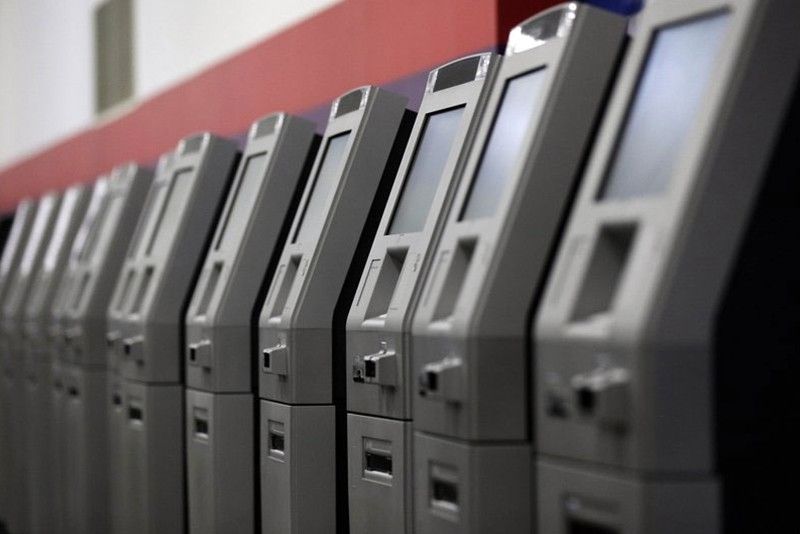Bank lending to slow anew as COVID-19 outbreak bites — S&P

MANILA, Philippines — Philippine banks will likely post another year of sluggish loan growth in 2020 and could see soured debts they held rise as contagion fears amid the COVID-19 outbreak sap consumer spending and disrupt business operations, debt watcher S&P Global Ratings said Monday.
In a statement sent to the media, S&P said it expects credit growth to settle within 8%-10% range in 2020, lower than their previous estimate of 10%-12%, as local lenders, particularly those with significant exposures to certain industries like tourism, take a hammering from the virus.
If realized, the credit rating agency said the country’s banks could see a second year of single-digit loan growth, snapping years of consecutive double-digit expansions. In 2019, bank lending slowed to 8.8% from 15% chalked up in 2018.
Meanwhile, bad debts held by banks could spike this year as virus-battered businesses grapple to service loans, S&P said.
“The virus outbreak will disrupt travel, hospitality, restaurants, entertainment and trade sectors in the near term. Consumers are likely to avoid public spaces and restrict travel due to heightened health risk; this in turn will hurt consumption spending,” S&P said.
“The banking sector's exposure to hotels and catering is about 2% while wholesale and retail trade is 12%. This is meaningful exposure and could translate to higher delinquencies," it added.
“(Non-performing loans) are likely to inch up further in 2020 due to macroeconomic headwinds,” it continued.
Philstar.com last week reported that the country’s tourism industry — which saw a stellar performance last year — is slowly feeling the impact of the COVID-19 outbreak, as travel restrictions meant to contain the epidemic leave thousands of airline seats empty and hundreds of hotel rooms and restaurants deserted.
READ: Tourism slowly feels impact of coronavirus
As of reporting, the Philippines confirmed four new cases of COVID-19, bringing the total number to 10 after several weeks of not detecting new infections.
Last week, S&P slashed anew its growth projections for the Philippine economy as the COVID-19 outbreak stokes fears of a worldwide recession.
READ: Coronavirus infection likely higher than reported in Asia-Pacific, threatens growth— S&P
But according to S&P, the country’s banks have enough capital buffers to weather any economic fallout from the virus, with an average tier-1 capital adequacy ratio of about 14%.
S&P also said the Bangko Sentral ng Pilipinas’ move to cut interest rates should fuel credit growth, while further reductions in reserves should allow banks to set aside more funds for lending and to grow or pay down high-cost time deposits.
Meanwhile, local banks may emulate their counterparts in Thailand and Singapore and provide a relief to companies by offering moratoriums on repayments for badly hit sectors if the health crisis escalates, the credit rater added.
“While macroeconomic headwinds are likely to pressure bank profitability, certain central bank actions could mitigate the risk,” the debt watcher said.
The BSP in February said "temporary" regulatory relief were extended to lenders located in areas affected by the African Swine Flu (ASF) and COVID-19, including staggered booking of credit losses, waiving of penalties on reserve deficiencies and exempting their clients' defaulted loans — which can damage a bank's financial standing — from accounting books.
While a regulatory leeway is only typically given to lenders in areas under a state of calamity, BSP Governor Benjamin Diokno said like natural calamities, health emergencies like ASF and COVID-19 also have a "potentially crippling impact" on "key industries."
- Latest
- Trending




























